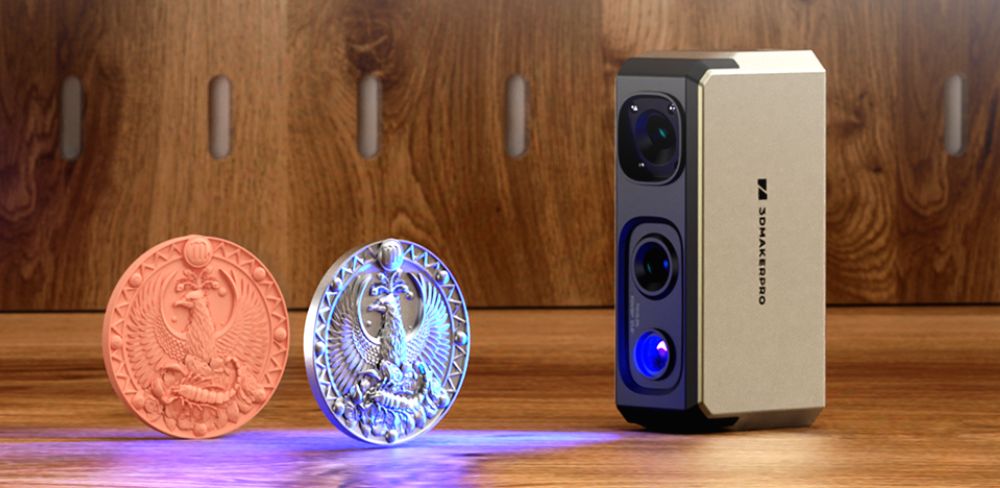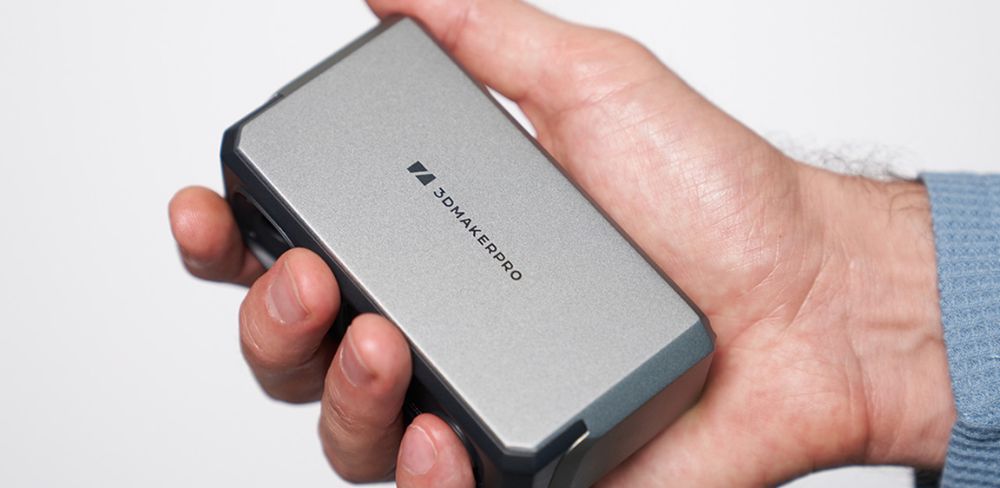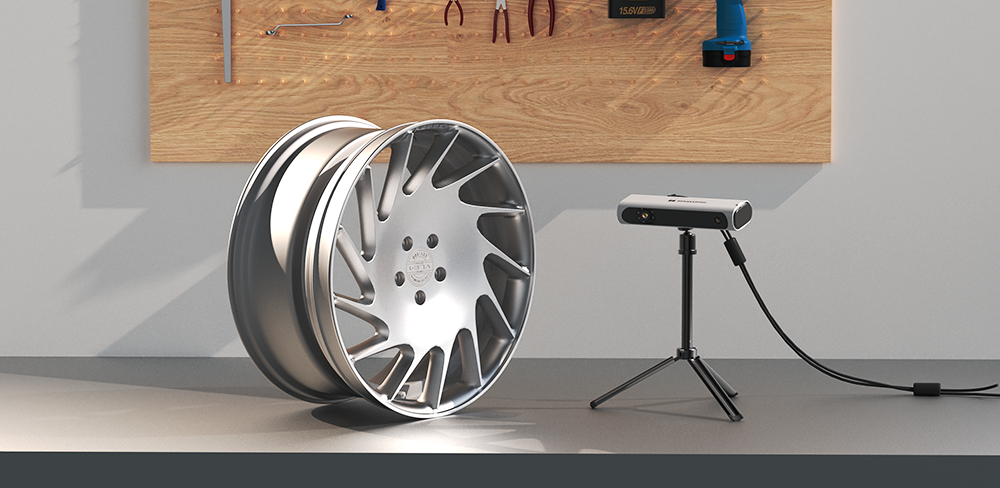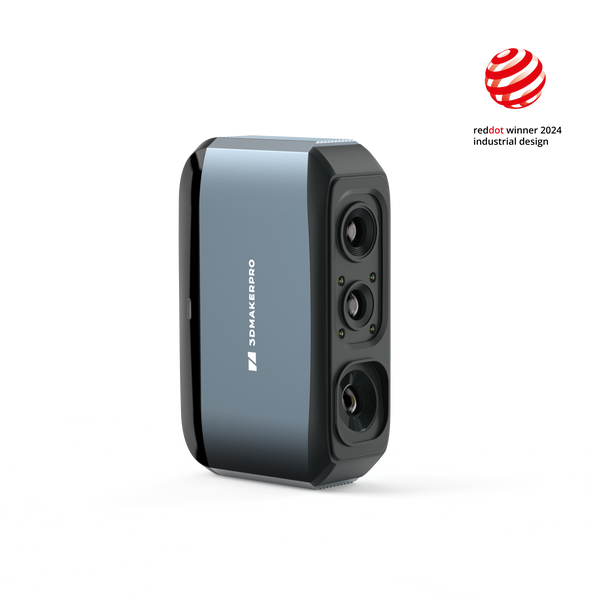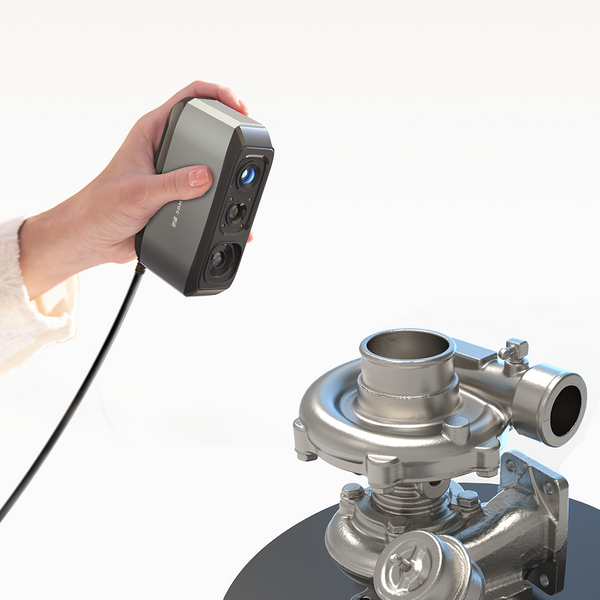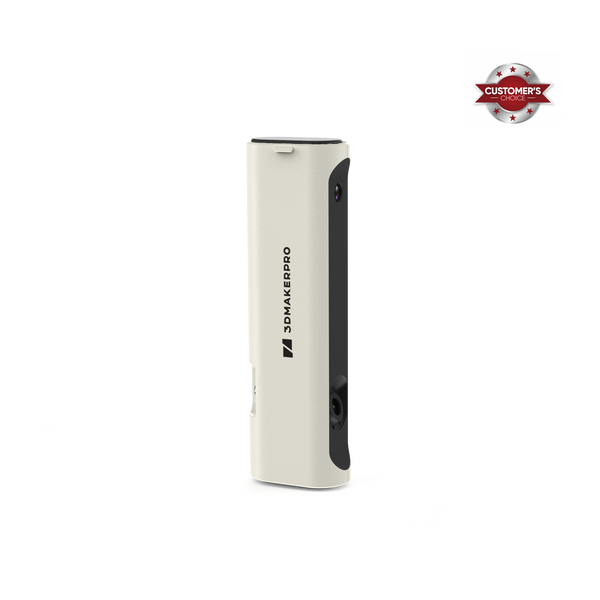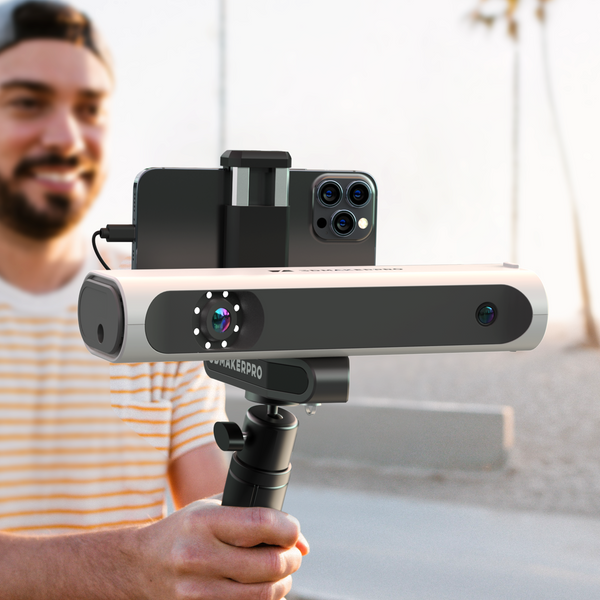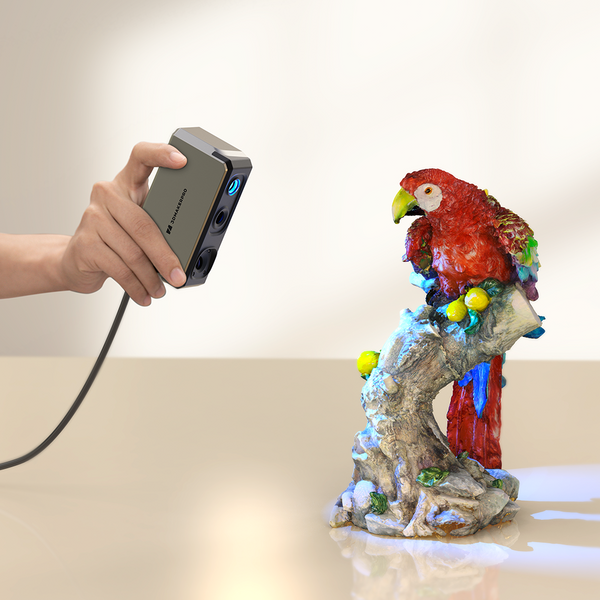Portable 3D scanners are incredible tools that allow us to capture real-world objects and convert them into digital 3D models. However, using a handheld 3D scanner requires some technical skill and knowledge to achieve good scan results. In this article, we will provide you with tips and tricks to optimize your scanning experience and troubleshoot common problems.
Understand the Basics
Before using a portable 3D scanner to 3D capture your object, it is essential to understand the basic principles involved in the scanning process. You need to know how the scanner works, how to calibrate it, and how to adjust its settings to suit your needs. This knowledge will help you avoid common mistakes and maximize the scanner's capabilities.
Choose Appropriate Materials
The quality of your scan results depends on the material you are scanning. Some materials, such as reflective surfaces, can be difficult to scan because they reflect the scanner's light. In contrast, other materials, such as dark or transparent surfaces, may not provide enough contrast for the scanner to detect. To optimize your scan results, choose materials that are easy to scan and provide sufficient contrast. Read more: How to scan Reflective, Transparent, Black Objects & Hair?
Optimize Your Scan Settings
Portable 3D scanners come with a range of settings that allow you to adjust the scan resolution, speed, and accuracy. To optimize your scan results, you need to understand how these settings work and how to adjust them to suit your needs. For example, increasing the scan resolution will result in more detailed scans, but it will also take longer to complete. On the other hand, reducing the scan resolution will result in faster scans but with less detail.
Ensure Proper Lighting
Lighting plays a critical role in the scanning process. Good lighting helps the scanner detect the object's shape and texture, while poor lighting can cause inaccuracies in the scan results. To ensure proper lighting, position the object in a well-lit area and avoid direct sunlight or bright overhead lights.
Troubleshoot Common Problems
Despite your best efforts, you may encounter some common problems while scanning. For example, the scanner may not detect certain parts of the object or may produce distorted scan results. To troubleshoot these issues, try adjusting the scan settings, changing the position of the object, or using a different scanning technique.
Portable 3D scanners are powerful tools that require some technical skill and knowledge to achieve good scan results. By understanding the basics, choosing appropriate materials, optimizing scan settings, ensuring proper lighting, and troubleshooting common problems, you can maximize your scanning experience and produce high-quality 3D models.



